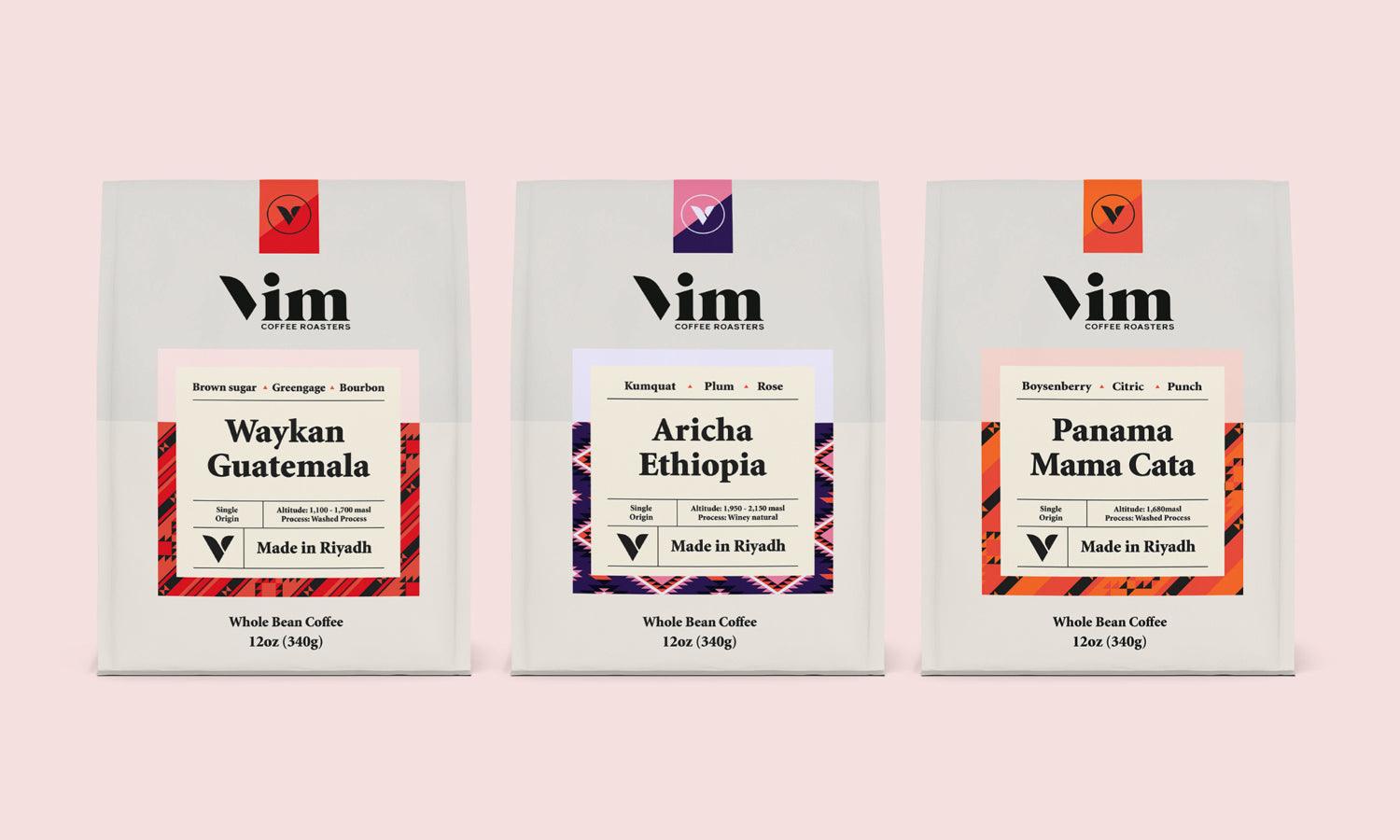5 Effective Ways to Build Your Dutch Vocabulary: Mastering Language Efficiently

Learning Dutch can open up many opportunities, whether for travel, work, or connecting with native speakers. Building a strong Dutch vocabulary is one of the most important steps in mastering the language. There are several strategies that language learners can use to expand their word bank effectively and confidently.
One effective method includes engaging in Dutch language courses with native instructors, who can provide context, correct pronunciation, and real-life usage examples to help reinforce vocabulary retention. This approach will help learners practice real-world conversations and develop a deeper understanding of the language’s nuances. Those who choose this method can find Dutch courses with skilled tutors online. With the right resources and commitment, building a strong Dutch vocabulary becomes both manageable and rewarding.
Use mobile apps like Clozemaster for interactive learning
Using mobile apps can be a fun and efficient way to learn Dutch. Apps allow users to practice at their own pace and on-the-go. One app that stands out is Clozemaster. It focuses on learning through context, which can help improve understanding.
Clozemaster offers interactive exercises that make learning Dutch engaging. Users get the chance to work on vocabulary, reading, and listening skills. With regular use, learners can notice their progress over time.
A key feature of Clozemaster is its game-like interface. This keeps users motivated as they work through different levels. Whether at home or waiting for a bus, it's easy to squeeze in a few minutes of practice.
Another benefit is the ability to access customized lessons. These lessons can be tailored to fit various learning goals and needs. For intermediate and advanced learners, Clozemaster is seen as a helpful tool for expanding vocabulary quickly.
Watch Dutch Movies with English Subtitles for Context
Watching Dutch movies with English subtitles is an enjoyable way to learn new words. Movies provide visual and contextual clues, which can help make unfamiliar words easier to grasp. This approach combines entertainment with learning, making it an appealing method for picking up new vocabulary.
Films offer natural conversations and everyday terms that might not appear in textbooks. This exposure helps learners understand how words are used in real life. As a result, viewers can identify common phrases and expressions. There is an opportunity to practice listening skills and improve pronunciation by hearing words spoken by native speakers.
Using subtitles in a familiar language helps solidify understanding. Learners can pause and replay scenes to focus on words or phrases they find challenging. This method allows for active participation in the learning process. Watching Dutch movies with English subtitles is a practical tool for improving language skills while enjoying captivating stories.
Create Flashcards for Active Recall of New Words
Creating flashcards is a strong method for learning Dutch vocabulary. Flashcards help with active recall, which means bringing information to mind without looking at the answer. This practice strengthens memory and makes it easier to remember words.
When making flashcards, include the Dutch word on one side and the translation on the other. Adding a simple image related to the word can also be helpful for visual learners. Make sure to review the flashcards regularly to keep the information fresh in memory.
Using physical flashcards or digital flashcard apps can make reviewing easy and convenient. Digital platforms often offer features like spaced repetition, which spaces out study sessions to improve retention. Regardless of the format chosen, the key is consistent practice and review.
Flashcards are versatile and can be taken anywhere, allowing learners to practice whenever they have a moment. Regularly updated and reviewed flashcards keep learning engaging and effective.
Label Household Items to Immerse in Everyday Vocabulary
One effective way to build your Dutch vocabulary is by labeling household items. By placing Dutch labels on common objects around the home, you can see the words every day. This constant exposure helps you remember and use Dutch words more naturally.
Another benefit of labeling is that it integrates learning into daily routines. As you go about your day, you encounter these labels and reinforce your vocabulary without extra effort. It’s a simple yet powerful method to enrich your language skills.
This approach also strengthens associations between words and objects. When you see an item, you begin to automatically think of its Dutch name. This makes it easier to recall words when speaking or writing in Dutch.
Incorporating labeled items into everyday life creates an immersive learning environment. It turns the home into a space where Dutch becomes a natural part of daily activities, helping you become more familiar with the language.
Memorize Common Dutch Phrases and Practice Speaking
Learning common Dutch phrases can help boost vocabulary skills. Start with greetings, basic questions, and courtesy expressions. This forms a foundation for everyday communication.
Speaking regularly helps reinforce what is learned. Listening to Dutch audio, repeating phrases out loud, and engaging in simple conversations can improve pronunciation and boost confidence in using the language.
Incorporating Dutch phrases into daily life is beneficial. Practice when shopping, dining, or traveling to make learning practical and relevant. This helps in remembering phrases and using them naturally in conversations.
Conclusion
Building a Dutch vocabulary requires consistent practice and engaging methods. Incorporating language learning into daily routines can make a significant difference. Using flashcards, watching Dutch shows, and labeling everyday items are practical ways to immerse in the language.
Regular practice with native speakers can also improve language skills. These methods are easy to implement and can lead to successful language learning experiences.















